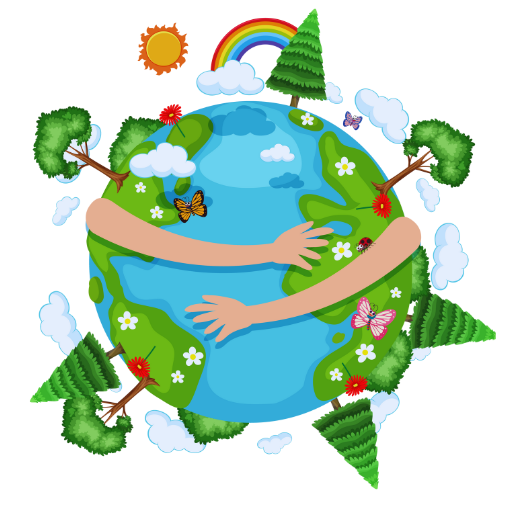Guide to Attract Butterflies, Bees & Pollinator to garden.
Guide To Eco-friendly pollinator garden.
In our busy lives, we often forget about the amazing life in our own backyards. A great way to connect with nature and do something good is by making a garden that helps bees and butterflies. In this guide, we’ll talk about why these little creatures are important, give you easy tips for designing your garden, talk about plants that are good for them, share some interesting facts, and discuss how doing this can make you feel better.
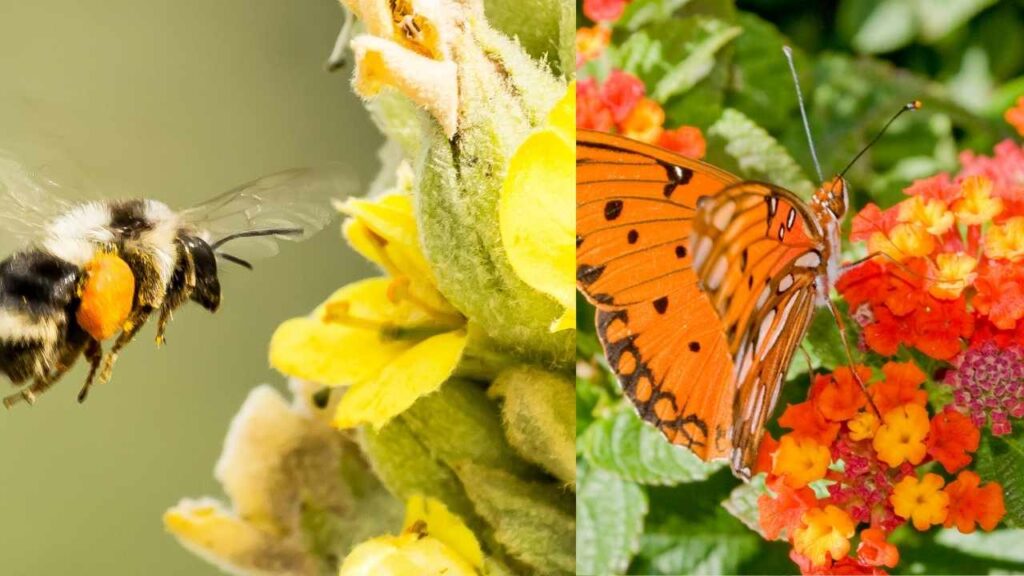
Why Pollinators Matter?
Bees, butterflies, hummingbirds, and other pollinators play a vital role in the reproduction of many plants, including those we rely on for food. According to the Food and Agriculture Organization of the United Nations, 75% of global food crops depend on pollination. By creating a pollinator-friendly garden, you contribute to the preservation of biodiversity and support the health of ecosystems.
Table of Contents
DID YOU KNOW? :- Beyond the ecological benefits, embracing a pollinator-friendly lifestyle can have a profound impact on your well-being. Gardening has been linked to reduced stress, increased physical activity, and improved mental health. As you witness the vibrant colors of butterflies and the hum of busy bees in your garden, you’ll feel a deep sense of connection with the natural world.
Steps To Design Your Pollinator Friendly Garden
Now, let’s get our hands dirty and talk about designing a garden that’s irresistible to pollinators.
Choose Native Plants:
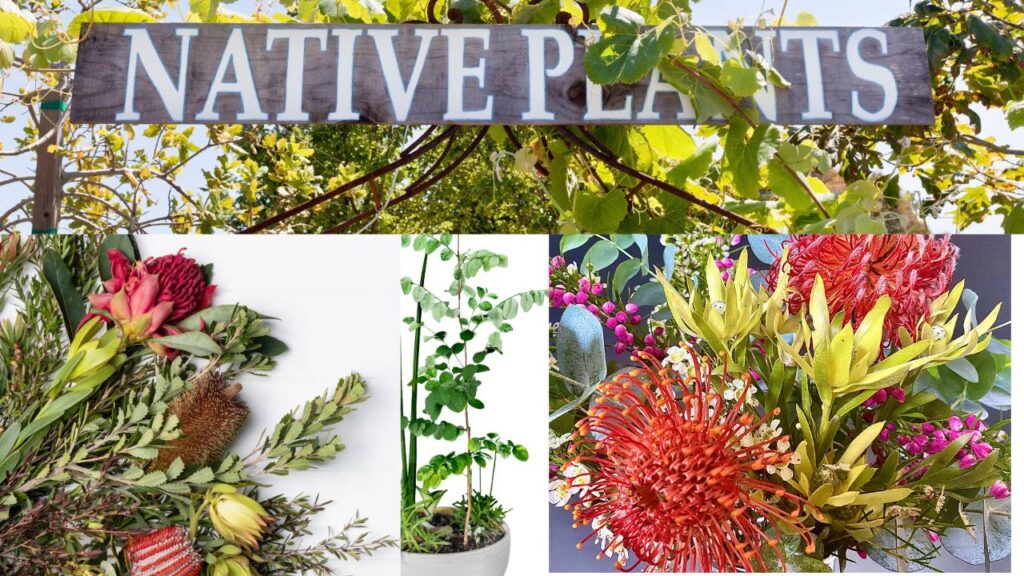
Choosing native plants is a key principle in creating a pollinator-friendly garden. Native plants are those naturally occurring in a specific region and have evolved alongside local pollinators, forming a symbiotic relationship.
When cultivating your garden, it’s beneficial to choose native plants that offer a familiar and nutritious food source for local pollinators like bees, butterflies, and hummingbirds. These plants are specifically adapted to the region’s climate and soil conditions, demanding less water and maintenance. To enhance the health of pollinators and boost the overall biodiversity of your ecosystem, consider incorporating native plants like bee balm, coneflowers, and milkweed. For further insights on eco-friendly gardening practices, you can check out this comprehensive guide at https://wecareearth.com/home-garden/best-eco-friendly-gardening-practices-guide/.
Diversity is Key
| Plant Species | Diverse Selection: Plant a variety of native flowers, shrubs, and trees. Different pollinators are attracted to different types of blooms, ensuring a continuous and diverse food source throughout the seasons. |
| Blooming Periods | Year-Round Blooms: Select plants that bloom at different times of the year. This provides a constant supply of nectar and pollen, supporting pollinators during various stages of their life cycles. |
| Habitat Features | Varied Habitats: Integrate a mix of plant heights, structures, and textures to create diverse microhabitats. This accommodates various pollinator species with different nesting and foraging preferences. |
| Color and Fragrance | Appealing Characteristics: Opt for flowers with a range of colors and fragrances. This attracts a broader spectrum of pollinators, each drawn to specific visual and olfactory cues. |
| Water Sources | Hydration Stations: Include shallow water sources like birdbaths or small ponds. Pollinators need water for hydration, especially in warmer seasons, and diverse water features cater to different species. |
In Summary, Aim for a variety of flowers that bloom at different times. This ensures a continuous food supply for pollinators throughout the growing season. Think of it as offering a buffet rather than a fixed menu.
Provide Water

Pollinators need water, too. In pollinator-friendly gardening, providing water is like offering a refreshing drink to our tiny, buzzing friends, The pollinators. Just like we need water to stay hydrated, bees, butterflies, and other pollinators also need a water source to thrive. A shallow container filled with clean water, perhaps with some pebbles for them to land on, can be a lifesaver. It’s like a tiny oasis in your garden!
This simple act not only helps these important creatures stay healthy but also encourages them to visit your garden more often, ensuring that your flowers and plants get the pollination they need to grow and flourish. So, by setting up a little watering spot, you’re basically inviting these pollinators to a cool, refreshing party in your garden!
Say No to Pesticides:
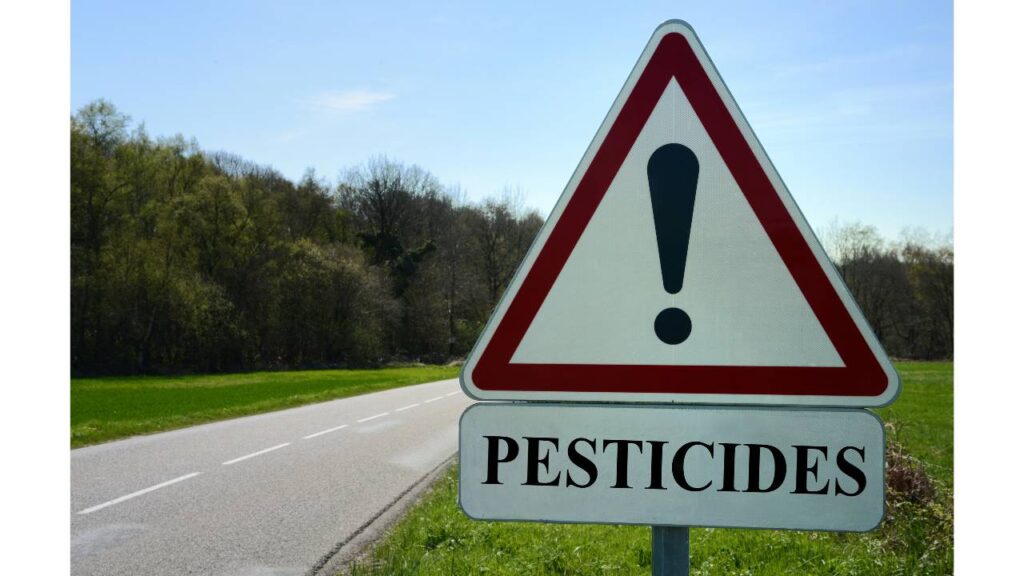
Pesticides can harm pollinators. Saying no to pesticides is like sending an invitation to a buzzing, colorful party in your backyard. Pesticides, the chemical bug-fighters, might seem like superheroes at first, but they can harm our friendly pollinators like bees and butterflies.
These tiny creatures play a big role in helping plants grow by carrying pollen from one flower to another. When we use pesticides, it’s like telling our pollinator friends, “Sorry, you’re not welcome here.” But if we say no to pesticides, we’re making a promise to keep our garden a safe haven for bees and butterflies. It’s like rolling out a flowery carpet and saying, “Hey, pollinators, you’re the VIPs here! Come, enjoy the nectar buffet without worrying about harmful chemicals.” Saying no to pesticides is like giving a high-five to nature and letting our garden become a lively, buzzing hotspot for pollinators to thrive.
Reviews of Pollinator-Friendly Plants:
Let’s take a closer look at some star players in the pollinator-friendly plant world.
Lavender:
This aromatic herb not only adds beauty to your garden but also attracts bees and butterflies. Its fragrant blooms make it a delightful addition to any pollinator-friendly space.
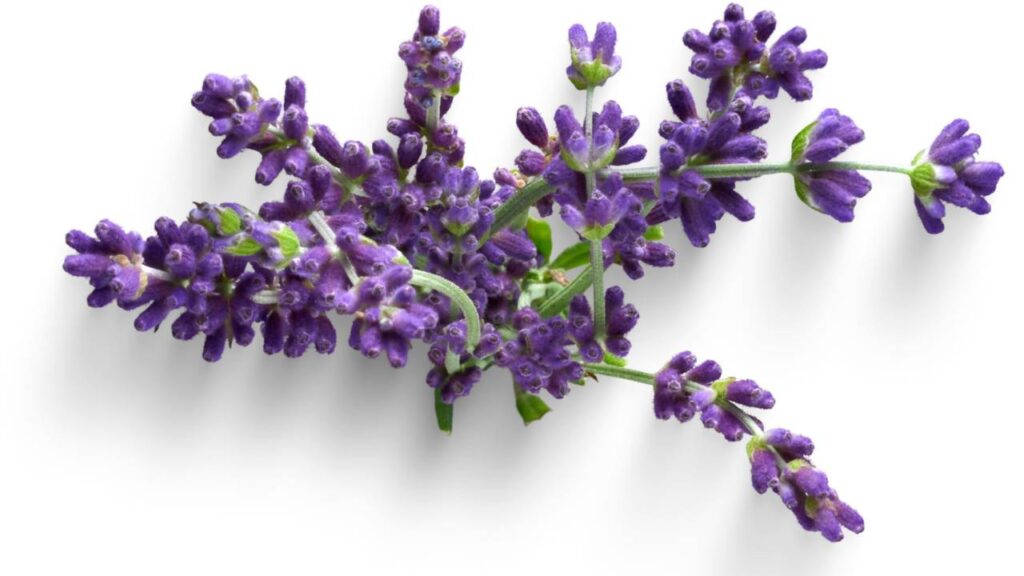
Sunflowers
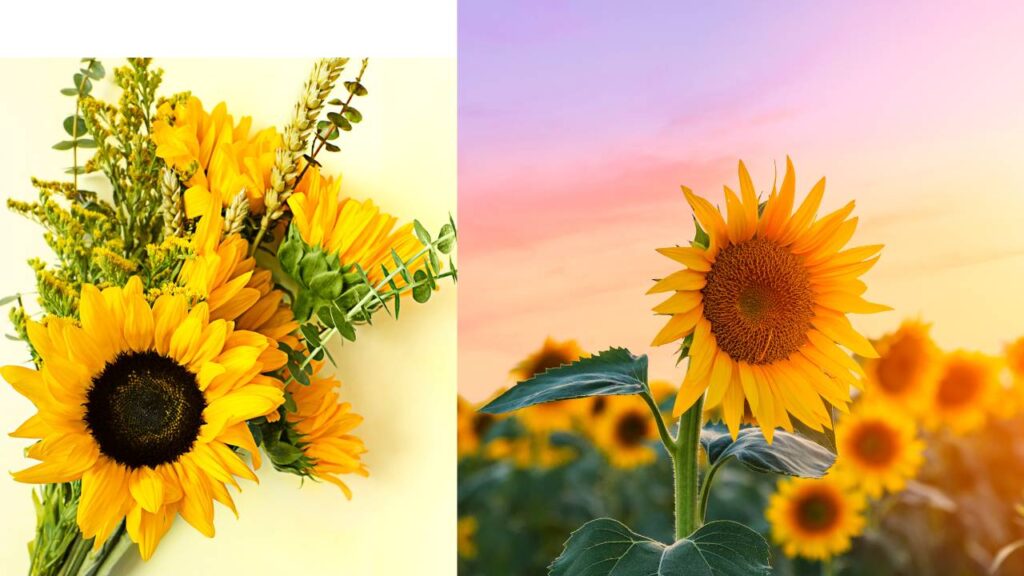
Sunflowers are not just a symbol of sunshine; they’re a favorite among bees. Their large, vibrant heads provide a substantial amount of nectar.
Butterfly Bush (Buddleia):
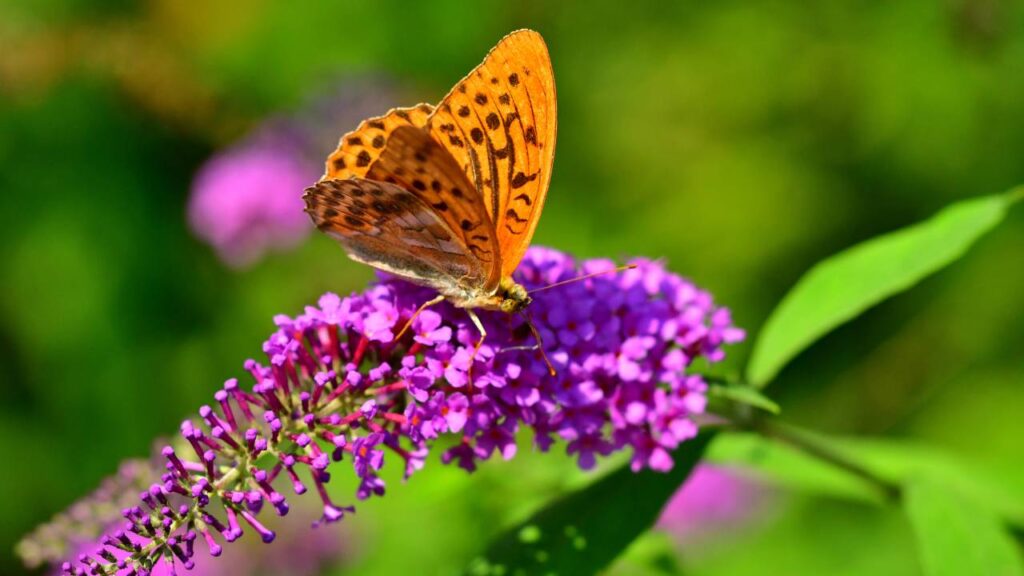
As the name suggests, this shrub is a butterfly magnet. Its long spikes of flowers come in various colors, making it an eye-catching addition to your garden.
Statistics Highlighting the Impact:
Let’s take a moment to appreciate the impact that pollinator-friendly gardens can have:
- According to the Xerces Society, bee populations have been declining at an alarming rate, with some species facing extinction. Creating pollinator-friendly spaces is crucial for their survival.
- The National Wildlife Federation reports that a well-designed garden can attract up to five times more pollinators than a conventional garden.
Challenges and Solutions:
Creating a pollinator-friendly garden isn’t without its challenges. Common issues include invasive plants, lack of awareness, and limited space. However, with determination and creativity, these challenges can be overcome. Consider joining local gardening groups to exchange ideas and resources, and educate your community on the importance of pollinator-friendly practices.
Frequently Asked Questions.
Can I use any fertilizers in my pollinator garden?
Instead of reaching for synthetic fertilizers that may have not-so-great consequences for our buzzing pollinator friends, why not choose the organic and natural route? Check this blog post that delves into the world of composting from kitchen waste. It’s an excellent way to recycle your organic leftovers and create nutrient-rich compost for your garden. Check it out at WeCareEarth – Composting from Kitchen Waste. These natural alternatives not only provide essential nutrients for your plants but also contribute to building healthy soil. Plus, they’re a sustainable choice that won’t harm our precious pollinators.
Why is creating a pollinator-friendly garden important?
A pollinator-friendly garden is crucial for supporting biodiversity and promoting plant reproduction. Pollinators like bees and butterflies play a vital role in transferring pollen between flowers, helping plants produce fruits and seeds.
What types of plants attract pollinators to the garden?
Pollinators are attracted to a variety of plants, especially those rich in nectar and pollen. Consider including flowers like lavender, sunflowers, and native wildflowers to entice bees and butterflies.
How can I provide water for pollinators in my garden?
Create a shallow dish with clean water and add small stones or twigs for pollinators to land on. This provides a safe drinking spot for them. Ensure the water is refreshed regularly to maintain cleanliness.
Are there specific times of the day when pollinators are more active?
Yes, pollinators are typically more active during warm, sunny days. Planting a variety of flowers that bloom at different times ensures a continuous food source for them.
How do I deal with pests in a pollinator-friendly garden without harming pollinators?
Use natural pest control methods, such as introducing beneficial insects like ladybugs or using companion planting techniques. Avoid chemical pesticides to protect the health of pollinators.
What are some common mistakes to avoid in a pollinator garden?
Avoid planting invasive species, as they can outcompete native plants. Also, refrain from using chemical pesticides and herbicides, which can harm both pollinators and the plants they visit.
Can a small balcony or patio support a pollinator-friendly garden?
Absolutely! Even small spaces can host pollinator-friendly plants in containers. Choose compact flowering plants like herbs and create a mini oasis for pollinators.
How long does it take for a pollinator garden to attract bees and butterflies?
It can vary, but with the right plants and conditions, you may start seeing pollinators within a few weeks. Patience is key, as the garden establishes itself as a welcoming habitat.
Are there any resources or organizations that can provide more information on pollinator-friendly gardening?
Yes, several organizations like The Xerces Society and the National Wildlife Federation offer valuable resources and tips on creating pollinator-friendly habitats. Check their websites for comprehensive guides and additional support.
Conclusion:
In the pursuit of cultivating a pollinator-friendly garden, Get more reference by exploring valuable insights at https://www.fws.gov/story/how-build-pollinator-garden. Beyond merely planting flowers, you are sowing seeds of change. By nurturing a hospitable space for pollinators, you actively contribute to the well-being of our planet and elevate your own quality of life. Embrace this enriching adventure, one bloom at a time, as you don your gardening gloves and become a steward of positive environmental impact.
Further References:
Food and Agriculture Organization of the United Nations. (n.d.). Pollinators Vital for Our Food Supply Under Threat.
